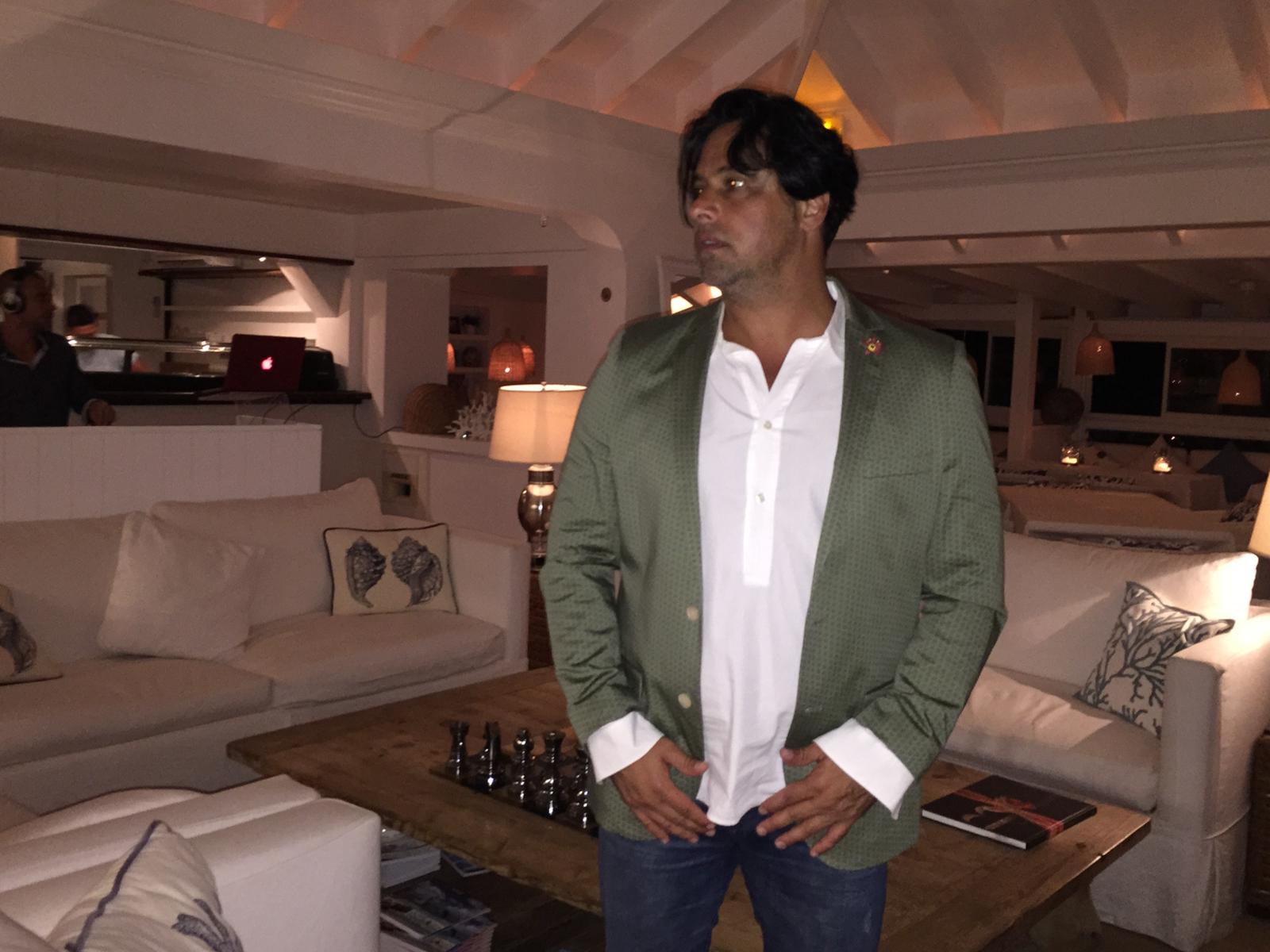Who is Sarid Drory New York and some of his restaurant development ideas
Meet Sarid Drory New York and some of his restaurant construction thoughts: Sarid Drory has been delivering keynotes around the US over a decade, drawing on his unique and sometimes hilarious experiences at the intersection of restaurants, sales, entrepreneurship, and media. As a European citizen, he pursued his passion for high-end restaurant industryacquiring wine and beverage skills in France and Italy, and then emigrated to New York City to apply his studies and experiences. Find even more information on Sarid Drory Patch. The management and staff need to show and provide quality customer service. Leading companies today become successful because of an excellent service. The staff need to be friendly, efficient and fast when it comes serving the food or getting the order of their customers. Any complaint needs to be handled in a way that the restaurant will not lose a valued customer.

It takes more than a well-designed web presence that highlights menus and specials. Industry studies report that 80 percent of potential customers check out restaurant websites and online reviews before they make a decision. Invest in social media management that stretches your market reach and helps you win important positive reviews. You’ve established your brand, but you want to improve the bottom line. If you wonder about how to make a successful restaurant better, think beyond the dining room. Branch out with off-site catering. Explore on-site options with alfresco service. Take profits to another level by expanding on your current success.
Since that time, Drory has cultivated a prestigious history of success in the New York City restaurant scene. His first purchase was Ye Waverly Inn from the family who had run the establishment for three generations. Due to his strategic upgrades to the restaurant, including the installation of the famed garden, Drory created a popular New York hot spot and tripled the revenue in three years. After 14 years for ownership, he sold Ye Waverly Inn for seven figures. Next, Drory bought The Cub Room restaurant from renowned chef, Henry Meer for $1.25 million. After a year of ownership he had increased the revenue by 70%. Totaling in 8,000 square feet, The Cub Room housed a 3,000 square foot dining area, a lounge with a bar which was further expanded by Drory, with 89 types of scotch and 94 types of vodka. An organic café occupied the third room, which became a favorite hangout area for New Yorkers. After about ten years Drory sold the restaurant for $2.5 million
Drory’s next restaurant and renovation project was Greenwich café, a 24-hour café, which became a well- loved spot by its downtown West Village community. Barbara Walters even chose the restaurant to host a 4-hour, on-location live show where the community played an integral part of the broadcast. The initial project cost for the restaurant was $350,000 and it was sold for $1.8 million, adding to Drory’s portfolio. Along with Lesly Bernard, best known for Pravda and Clementine, and Herb Wilson, formerly of Bambou and Jack’s Fifth, Drory next remade Greenwich into NYC, which was acquired for $2.2 million. Drory’s other projects have included two Italian restaurants, located in East and West Village, and called Tanti Baci. Drory brought in special cooks from a village in Palermo, Italy, where his father was raised, to enhance the romantic feel of the restaurant. The two restaurants were a big success after 14 years of operating and were sold for $1.8 million each.
One of Drory’s latest projects is Artisanal Bistro, located on 2 Park Avenue, noted as NYC’s first artisanal food entries. After acquiring Artisanal, Drory made many improvements in the first 40 days, including saving $1.2 million by cutting expenses and adding enhancements to the environment for the clientele that love Artisanal. Menu enhancements by Drory include offering 81 types of wine by glass to match the existing menu of 197 types of cheese; expert bakers from Breads to add to the wine and cheese experience; and increasing the wine selection list to include top shelf cognac and scotch. Drory hired Adam Tihany, the famed hospitality designer who originally designed the space, to renovate Artisanal. Additional contracts in the works include two downtown hotspots; Spitzer’s Corner on 101 Rivington Street and Los Feliz on 109 Ludlow Street. Spitzer’s was bought for $5.2 million and Los Feliz for $2.8 million. Sarid also bought the club Fat Baby for $3 million. Drory will be moving Artisanal to a better and bigger location on Park Avenue, because Sarid would like to share the space with a substantial retail space for cheese and pastries by Fall 2016.
There’s not another business like it. You can own a small diner, manage a national chain or pamper guests in five-star surroundings. Regardless of the setting, we hope our tips and ideas serve as both an overview of what you’re doing right and inspiration for positive changes.
There are many things to consider before running a restaurant. Once you have a solid business plan in place, your brick-and-mortar foodie spot can become a reality. Concept – What is the whole idea behind your restaurant? Focus on the type of food you want to serve, and whether the setting will be casual, contemporary, or upscale. Most of all, consider what makes your restaurant unique. Budget – How much can you afford to spend on your restaurant? Your budget should take into consideration the cost of equipment and supplies, furniture, décor, labour, advertising, and the venue itself. You may need to borrow funds from a financial institution or approach investors to raise enough capital to get your restaurant off the ground.